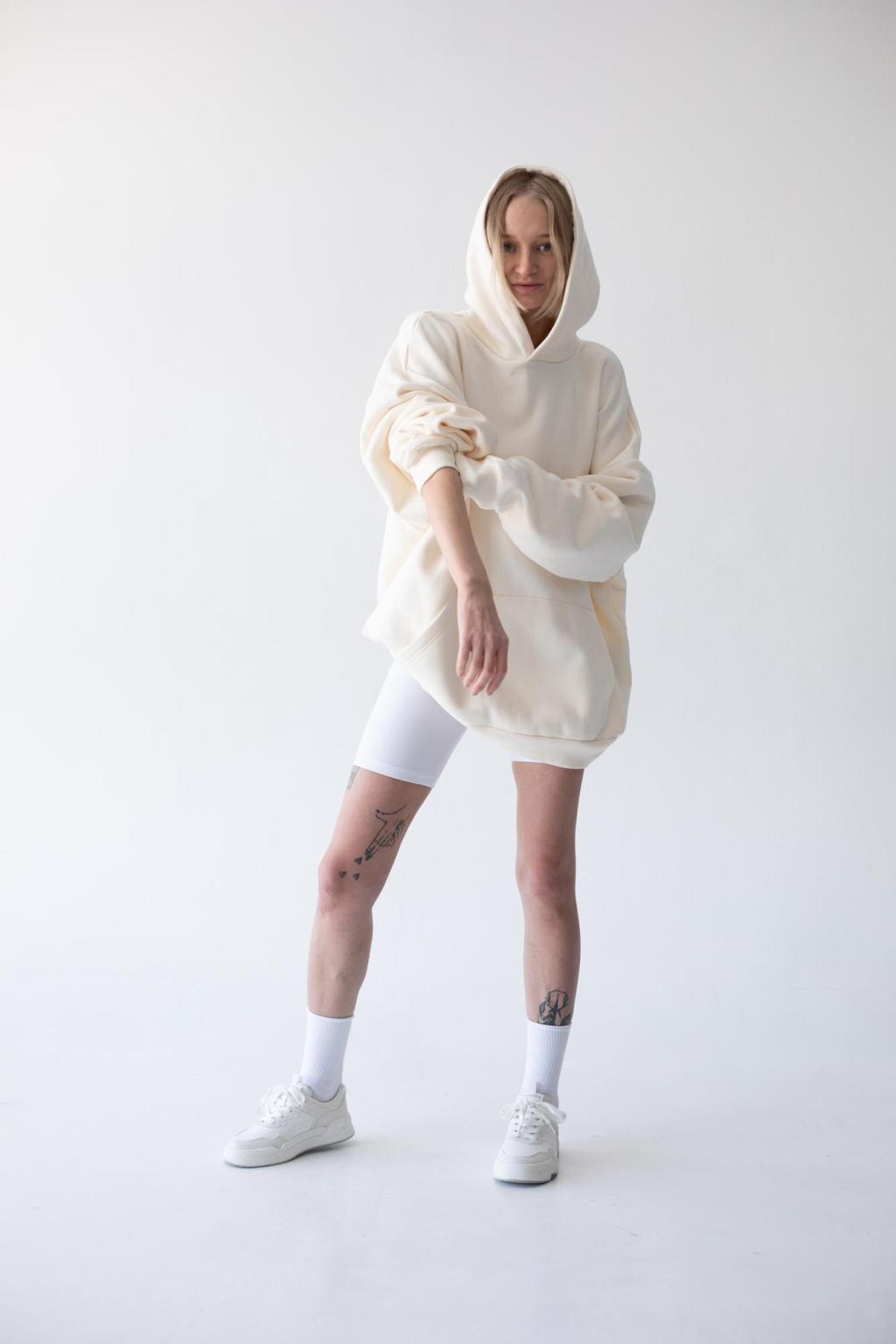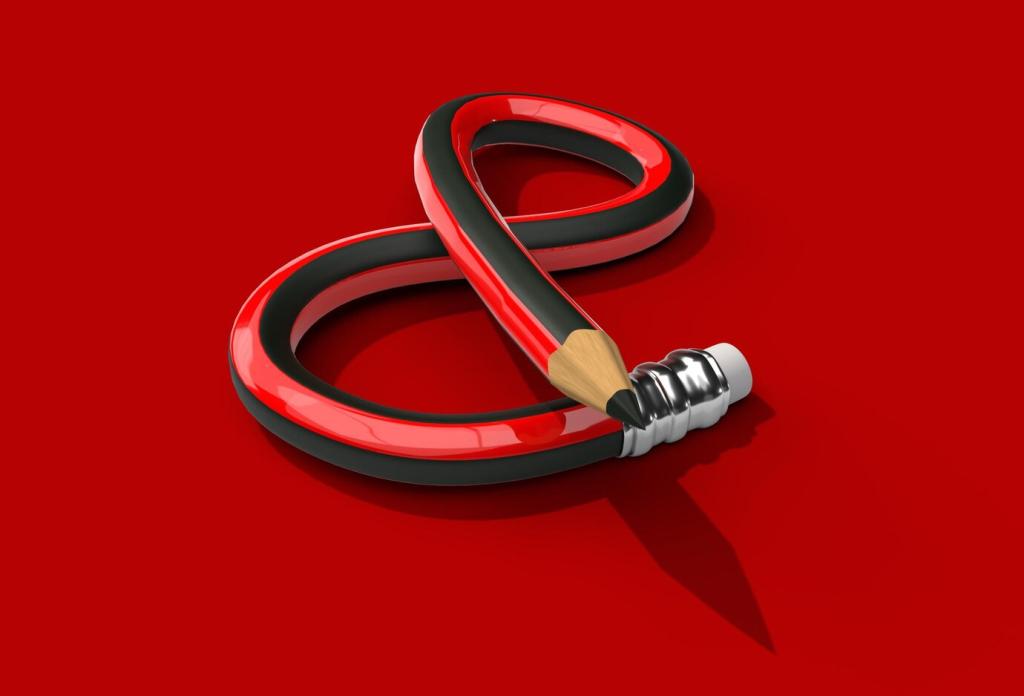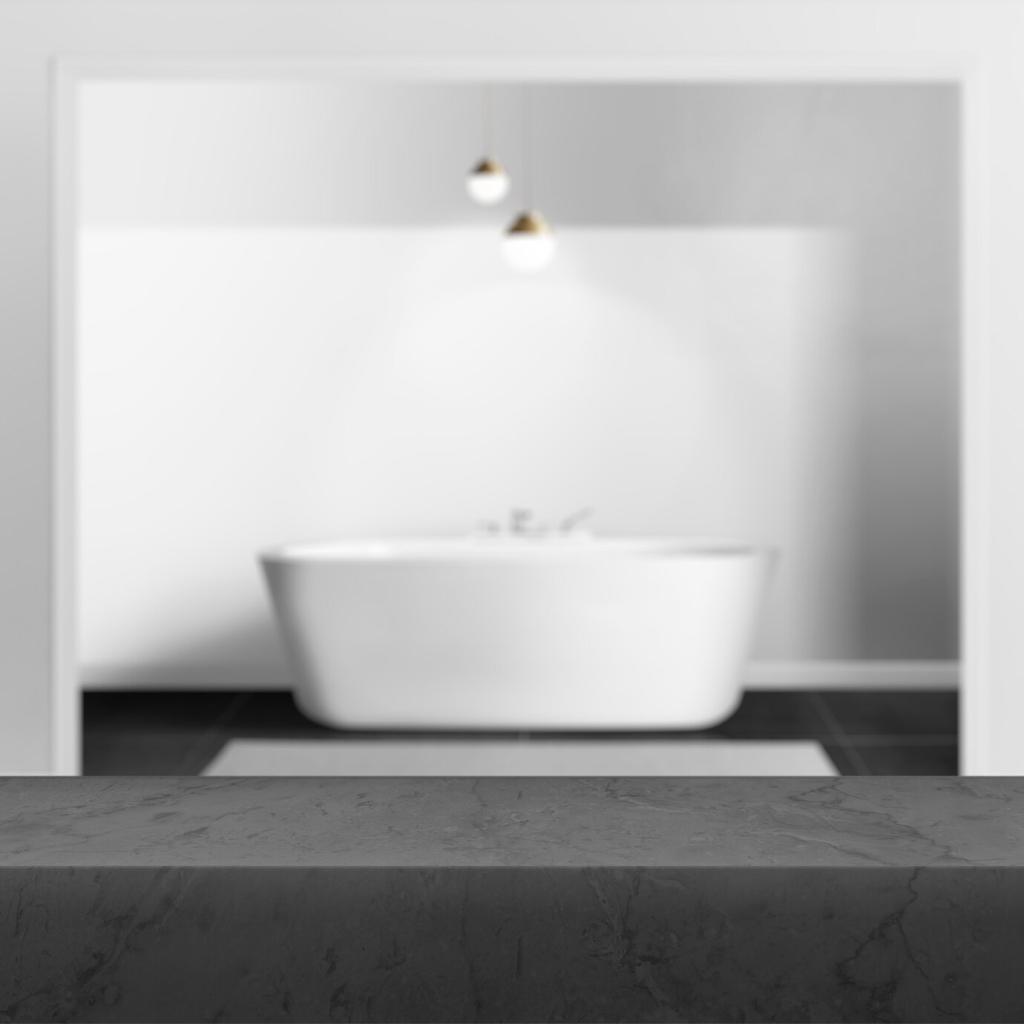
Innovative Brand Identity Solutions for Interior Spaces
Selected theme: Innovative Brand Identity Solutions for Interior Spaces. Step inside a world where strategy meets material, light, and movement to create interiors that feel unmistakably yours. Join our community for weekly insights, behind-the-scenes stories, and practical tools you can apply today.
The Psychology of Spatial Branding
Color calibrates expectations before a single word is read. High contrast signals energy and urgency, while desaturated palettes whisper calm authority. Thoughtful combinations can encode hierarchy, guide attention, and anchor brand character without relying on logos everywhere.

From Strategy to Floor Plan
Mapping brand pillars to zones and rituals
Start with verbs: welcome, explore, collaborate, decide. Assign each to a zone with supporting behaviors and required atmospheres. This verbs-first approach ensures every square meter carries intention, turning your brand into daily rituals people can actually feel.
Wayfinding as narrative, not signage overload
Design a story arc from threshold to destination. Use progressive disclosure—subtle cues, then confirmations—to reduce cognitive load. Floor patterns, lighting gradients, and sightlines do the heavy lifting so signs become gentle reassurance, not visual noise.
Touchpoints that invite participation
Replace passive displays with interactive moments. Writable surfaces near decision zones, sample libraries at pause points, and artifact walls that evolve with projects make visitors co-authors. Ask your team which touchpoint could become an invitation instead of a barrier.
Case Story: A Lobby Becomes a Living Logo

We interviewed clients who called support at 2 a.m. and engineers who shipped weekend fixes. The common thread was practiced calm under pressure. That insight guided everything—quiet acoustics, grounded colors, and a reception workflow that anticipates needs.
Circular materials with personality, not compromise
Recycled terrazzo carries archival fragments that visually narrate continuity. Remanufactured furniture frames, reupholstered in signature textiles, marry stewardship with identity. The key is provenance storytelling—document origins so sustainability becomes a proud part of the spatial narrative.
Modular identities that evolve gracefully
Design signage and displays as kit-of-parts systems. Magnetic layers, interchangeable panels, and standardized fasteners enable seasonal rebrands without landfill trips. Modularity respects budgets, speeds updates, and keeps message freshness aligned with your brand’s rhythm of innovation.
Daylight as a brand asset
Glare control, light shelves, and tunable fixtures ensure daylight supports clarity, calm, or buzz when needed. When light cadence syncs with brand personality, spaces feel alive at every hour. Share your daylight pain points for tailored recommendations.


Raised textures at decision points, handrail temperature changes, and subtle floor transitions support accessibility while reinforcing brand patterns. When tactile language echoes visual motifs, orientation becomes inclusive, memorable, and unmistakably tied to your identity.

Gradient brightness subtly pulls people forward; warmer pools signal dwell zones. Accent reveals mark milestones, creating waypoints that feel celebratory, not didactic. This choreography transforms circulation into a brand journey that people actually enjoy repeating.

Context-aware nudges—mute while entering focus areas, invite exploration near exhibits—work best when paired with physical markers. A textured tile or small artifact assures visitors they are in the right place, bridging digital guidance and tangible confidence.

Dwell time, flow rates, and satisfaction
Track how long visitors choose to stay in key zones, how smoothly they move, and how they rate clarity and mood. Cross-reference with brand goals—confidence, curiosity, or calm—to validate whether the space communicates as intended.

Heatmaps meet human stories
Sensor data shows where attention clusters, while interviews reveal why. A combined dashboard prevents overfitting metrics and respects nuance. Invite staff to annotate patterns, turning analytics into shared knowledge that strengthens brand stewardship across teams.

Prototypes and A/B in the physical world
Pilot two entrance sequences or material palettes for a month each. Measure conversion, wayfinding errors, and emotional tone keywords from feedback. Small, staged experiments de-risk big moves and build a culture of evidence-driven brand expression.


